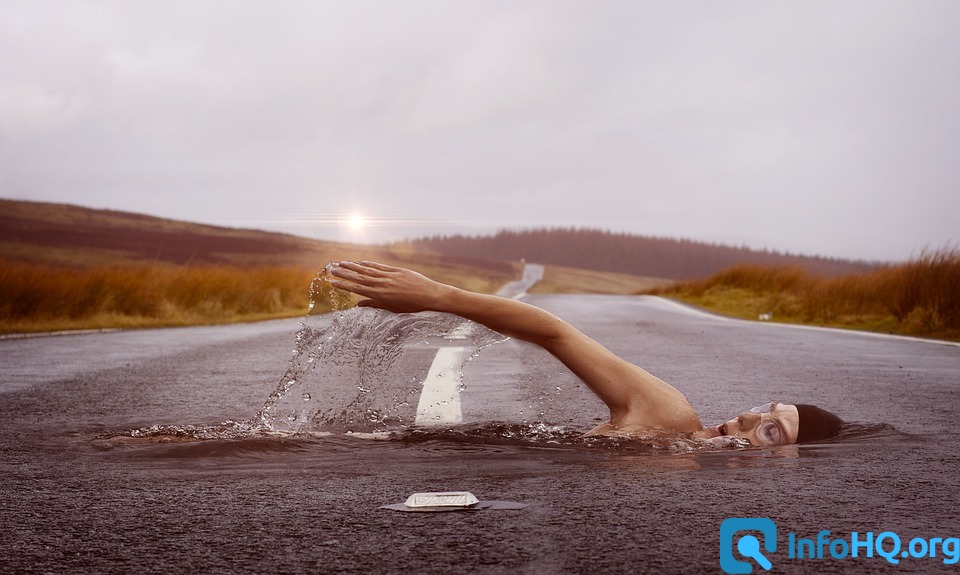
The Evolution of Sports: From Ancient to Modern Games
The Evolution of Sports: From Ancient to Modern Games
Sports have been an integral part of human civilization for thousands of years. Throughout history, various forms of physical activities and games have emerged and evolved, shaping the way we perceive and engage in sports today. From ancient times to the modern era, the evolution of sports has been marked by significant changes in rules, equipment, and the cultural significance attached to them. Let’s delve into the fascinating journey of sports and explore how they have transformed over centuries.
Ancient Sports: Laying the Foundation
Ancient civilizations across the world actively participated in various sporting activities, even if they differ greatly from the sports we know today. These early games served both recreational and religious purposes, fostering physical prowess and entertaining the masses. Here are some important examples of ancient sports:
Olympic Games in Ancient Greece
The Olympic Games in Ancient Greece, dating back to 776 BCE, were one of the earliest and most significant sporting events in human history. Held in honor of the Greek gods, these games featured disciplines such as running, jumping, and throwing. Participants competed nude, highlighting the connection between physical strength and nudity in Greek culture.
Gladiatorial Combat in Ancient Rome
A few centuries later, during the Roman Empire, gladiatorial combat became immensely popular. These fights took place in elaborate arenas and involved professional fighters who battled to the death or until one surrendered. While considered brutal by today’s standards, gladiatorial combat was a form of entertainment that symbolized Roman power and conquest.
Cuatlachtli: The Mesoamerican Ball Game
In Mesoamerica, particularly among the Aztecs and Mayans, the game of Cuatlachtli held great cultural significance. Played with a solid rubber ball, the game required players to score by putting the ball through stone rings using only their hips. It was seen as a ritualistic game, often intertwined with religious practices and human sacrifices.
The Renaissance and the Birth of Modern Sports
After a decline in sports during the Middle Ages, the Renaissance period witnessed a resurgence of interest in physical activities. The shift in mindset from a preoccupation with religion to a focus on humanism and individualism played a pivotal role in the emergence of modern sports. During this era, several new sports and games were invented:
Tennis
Tennis, originally known as jeu de paume (game of the palm), developed in the royal courts of France during the 16th century. It involved hitting a ball with the palm of the hand or a glove against a wall. Eventually, the sport evolved to include rackets, and the modern form of tennis emerged.
Cricket
Cricket, a bat-and-ball game originating in England, gained popularity during the 17th century. It involved two teams trying to score runs by hitting a ball with a bat and defending their wickets. The rules of cricket were gradually standardized, paving the way for international matches and leagues worldwide.
Horse Racing
Horse racing has roots in ancient times, but the modern form we know today took shape during the 17th century in Britain. Races were initially organized between noblemen riding their own horses, but eventually, specialized racehorses and professional jockeys became the norm.
The Birth of Modern Olympic Games
The 19th century witnessed the revival of the Olympic Games, which now serve as the pinnacle of athletic achievement worldwide. Inspired by the ancient Greek games, Pierre de Coubertin spearheaded the establishment of the International Olympic Committee (IOC) and organized the first modern Olympic Games in Athens in 1896. This marked a significant milestone in the evolution of sports, bringing together athletes from all over the world to compete in a wide range of events.
The Twentieth Century and Beyond
The 20th century marked a turning point for sports, with advancements in technology, increased media coverage, and globalization shaping the landscape of modern games. Here are some key developments:
Sports Science and Training Techniques
The field of sports science emerged, bringing a more systematic approach to training and enhancing performance. Athletes began utilizing scientific methods to improve their strength, endurance, and overall skills. This led to new training techniques, innovative equipment, and the specialization of sports medicine.
Globalization and Commercialization
Advancements in transportation and communication brought about a global exchange of sports, transcending geographical boundaries. Sports events, such as the FIFA World Cup and the Olympics, gained massive popularity worldwide, attracting millions of spectators and generating substantial revenue through sponsorships and broadcasting rights.
Technological Innovations
Technology has revolutionized the sporting world in numerous ways. From the introduction of electronic timing systems in athletics to the extensive use of video assistance in various sports, innovations like these have made sports more accurate, fair, and exciting to watch.
Conclusion
The evolution of sports from ancient times to the modern era has been a remarkable journey, reflecting changes in societies, cultures, and human aspirations. Today, sports not only serve as a means of entertainment and physical activity but also promote camaraderie, fair play, and healthy competition. The progress made in both the organization and participation of sports over centuries highlights our continuous pursuit of excellence and the unifying power of these activities.
FAQs (Frequently Asked Questions)
Q: When were the first Olympic Games held?
The first Olympic Games were held in 776 BCE in Ancient Greece and continued until 393 CE.
Q: What is the significance of the modern Olympic Games?
The modern Olympic Games symbolize international unity, sporting excellence, and harmony among nations through athletic competition.
Q: How have sports influenced society?
Sports play an integral role in society by promoting physical health, social interactions, national pride, and economic growth through associated industries.
Q: Which sports are the most popular globally?
The most popular sports worldwide include football (soccer), cricket, basketball, tennis, and athletics (track and field).
Q: How has technology impacted sports?
Technology has transformed sports through innovations such as instant replays, sensor-based equipment, and performance-tracking systems, providing accurate measurements and enhancing the overall experience for both athletes and spectators.



